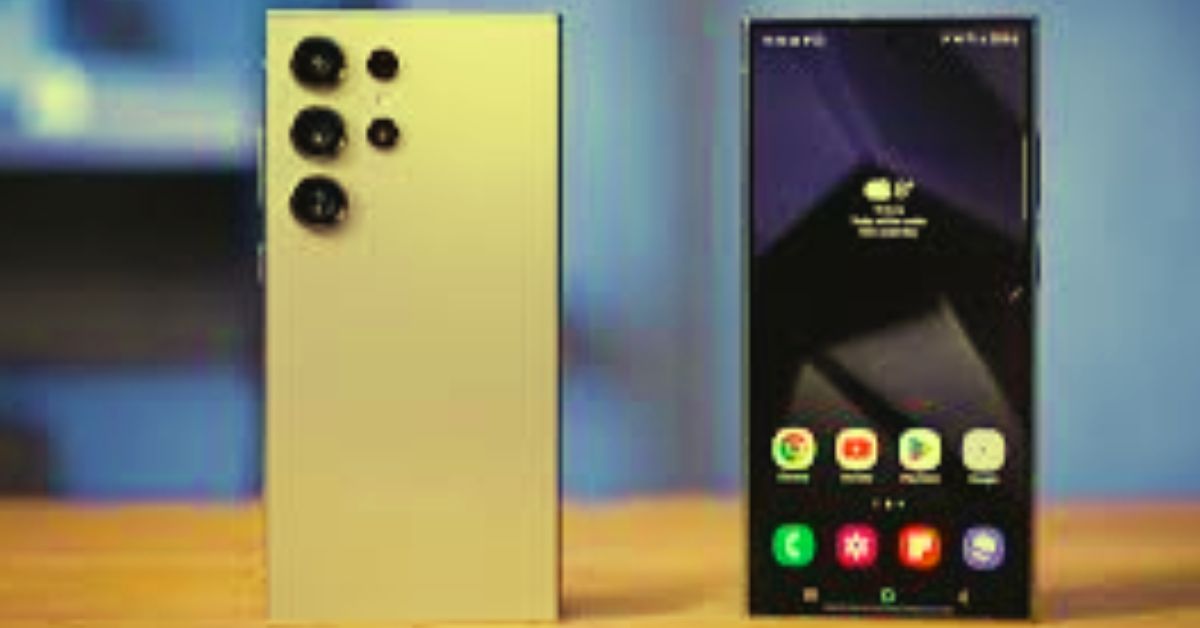In the world of cutting-edge display technology, two major players stand out: LG’s OLED (Organic Light-Emitting Diode) and Samsung’s AMOLED (Active Matrix Organic Light-Emitting Diode). Both technologies power some of the most impressive screens found in televisions, smartphones, and various high-end devices. While they share some similarities due to their organic LED foundations, each has distinct characteristics and advantages. In this article, we’ll explore the key differences between LG’s OLED and Samsung’s AMOLED screens, examining their performance, applications, and the unique features that set them apart.
Understanding OLED and AMOLED Technologies
Before diving into the specific differences, it’s essential to understand what OLED and AMOLED represent and how they work.
OLED (Organic Light-Emitting Diode) technology uses organic compounds that emit light when an electric current passes through them. OLED panels are known for their deep blacks and vibrant colors, as each pixel can be individually controlled and turned off completely when not in use. LG, a pioneer in OLED technology, has utilized it extensively in high-end TVs and displays, delivering exceptional picture quality and contrast ratios.
AMOLED (Active Matrix Organic Light-Emitting Diode) is a specialized type of OLED that includes an active matrix structure. Samsung, a leading developer of AMOLED technology, uses this structure to improve response times, brightness, and energy efficiency, especially in mobile displays. AMOLED screens are often used in smartphones and tablets due to their superior performance in high-motion content and lower power consumption.
Key Differences Between LG’s OLED and Samsung’s AMOLED
1. Brightness Levels
One of the primary distinctions between OLED and AMOLED displays lies in their brightness.
- LG’s OLED: While LG’s OLED screens offer impressive contrast and deep blacks, they often fall short in peak brightness compared to AMOLED displays. This limitation can sometimes affect visibility under bright ambient light conditions, such as direct sunlight.
- Samsung’s AMOLED: AMOLED screens are designed with an active matrix that enhances brightness levels significantly. Samsung’s AMOLED technology achieves higher brightness, making it suitable for outdoor and high-ambient light environments. This is a critical feature for mobile devices that are frequently used outdoors.
2. Color Accuracy and Vibrancy
Color quality is a crucial factor for display technologies, and here both OLED and AMOLED exhibit impressive strengths.
- LG’s OLED: OLED screens from LG are renowned for their accurate color reproduction and natural vibrancy. They excel at delivering true-to-life colors, making them ideal for content creators and those seeking a cinematic experience. LG’s OLED panels, especially on high-end TVs, provide color accuracy that aligns closely with industry standards.
- Samsung’s AMOLED: Samsung’s AMOLED screens are known for their punchy and saturated colors. While some may find AMOLED colors a bit oversaturated, this characteristic appeals to users who prefer vivid, vibrant colors. This makes AMOLED particularly popular in smartphones, where visual impact and color pop can enhance the overall experience.
3. Energy Efficiency
The power consumption of a display can significantly impact the battery life of mobile devices and energy usage in televisions.
- LG’s OLED: OLED panels tend to be more power-hungry than AMOLED screens, especially in bright scenes. Since each pixel in OLED technology is self-emissive, the display consumes more power when displaying bright content. However, when displaying dark or black images, OLED screens can be quite efficient, as individual pixels can turn off completely.
- Samsung’s AMOLED: Thanks to the active matrix structure, AMOLED displays are generally more energy-efficient than standard OLED screens. Samsung has optimized AMOLED technology for mobile use, ensuring lower power consumption even when displaying vibrant, colorful scenes. This efficiency makes AMOLED ideal for smartphones, where battery life is a priority.
4. Longevity and Burn-In Issues
Screen longevity is another area where OLED and AMOLED technologies differ, with burn-in being a common concern.
- LG’s OLED: OLED screens can suffer from burn-in over time, where static images leave permanent marks on the display. However, LG has implemented several measures, such as pixel-shifting and other software solutions, to minimize burn-in risk, especially in TVs.
- Samsung’s AMOLED: AMOLED screens also experience burn-in, but Samsung has made significant strides in addressing this issue. Advanced software features and optimization techniques reduce the risk of burn-in, making AMOLED a more resilient choice for devices with static icons, such as smartphones and tablets.
5. Price and Availability
The cost and availability of OLED and AMOLED displays vary significantly based on the type of device.
- LG’s OLED: LG’s OLED technology, particularly in large screens for TVs, tends to be more expensive due to the manufacturing costs associated with creating larger OLED panels. However, OLED TVs offer a premium viewing experience, making the investment worthwhile for those seeking top-tier picture quality.
- Samsung’s AMOLED: AMOLED displays are widely available across various price points, especially in smartphones. Samsung’s investment in AMOLED manufacturing allows for cost-effective production, making AMOLED screens accessible in mid-range to flagship mobile devices.
Which Technology Is Right for You?
Ultimately, the choice between LG’s OLED and Samsung’s AMOLED depends on your needs and usage patterns.
- Choose LG’s OLED if you prioritize color accuracy, cinematic quality, and an immersive viewing experience, particularly in a home theater setting. LG’s OLED TVs offer exceptional color fidelity, making them ideal for watching movies and enjoying high-quality content.
- Choose Samsung’s AMOLED if you’re looking for a bright, vibrant, and energy-efficient display that performs well in various lighting conditions, particularly for mobile devices. AMOLED screens are perfect for smartphones and tablets, delivering vivid colors and excellent outdoor visibility.
Conclusion
LG’s OLED and Samsung’s AMOLED technologies are both exceptional in their own right, each excelling in specific areas. LG’s OLED is perfect for those who seek unparalleled contrast, color accuracy, and an immersive TV experience, while Samsung’s AMOLED provides the brightness, energy efficiency, and vibrancy that smartphone users love. Both technologies continue to evolve, with manufacturers constantly refining their capabilities. Ultimately, whether you prefer OLED or AMOLED depends on how you use your devices and which qualities you value most in a display.
